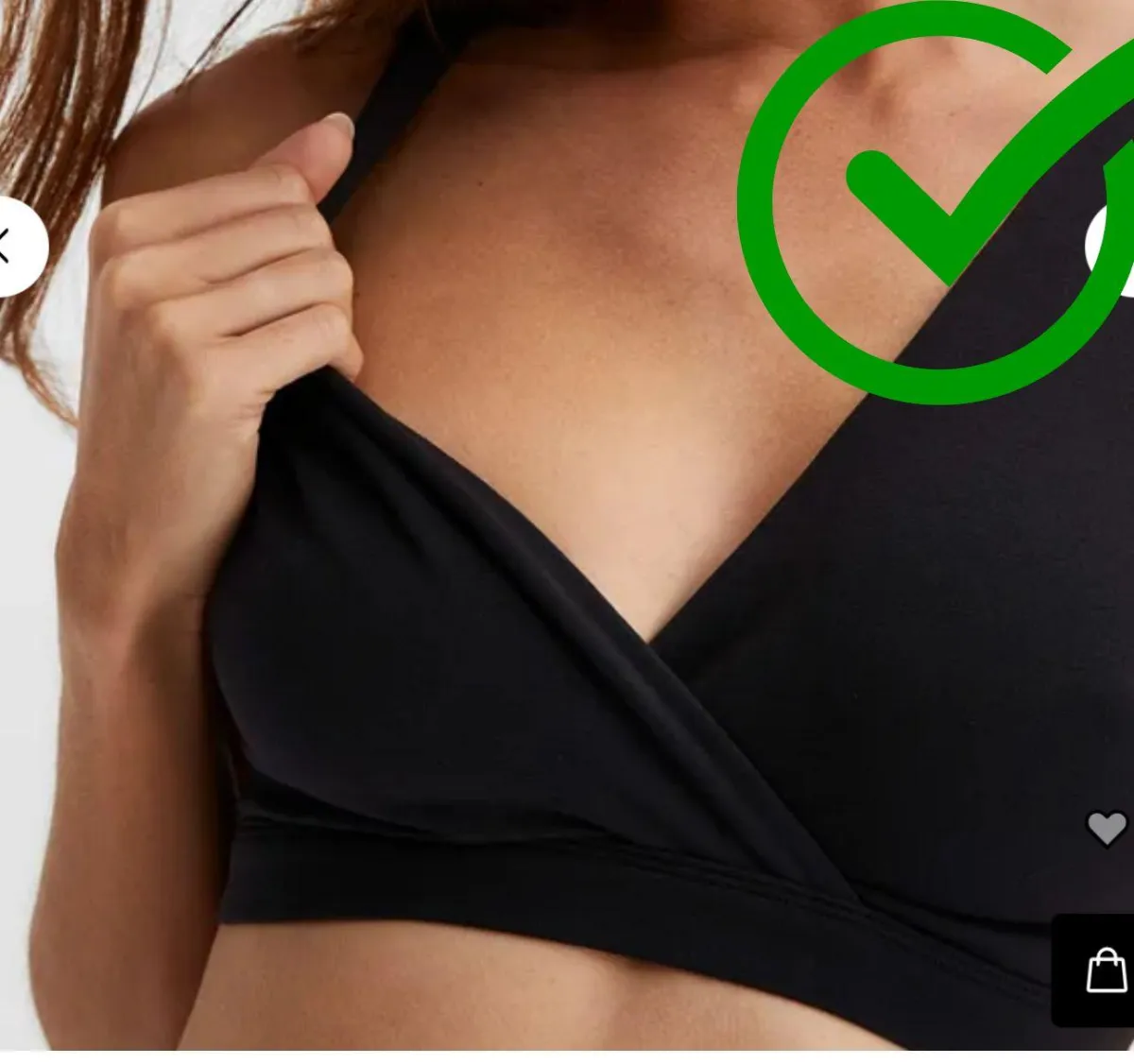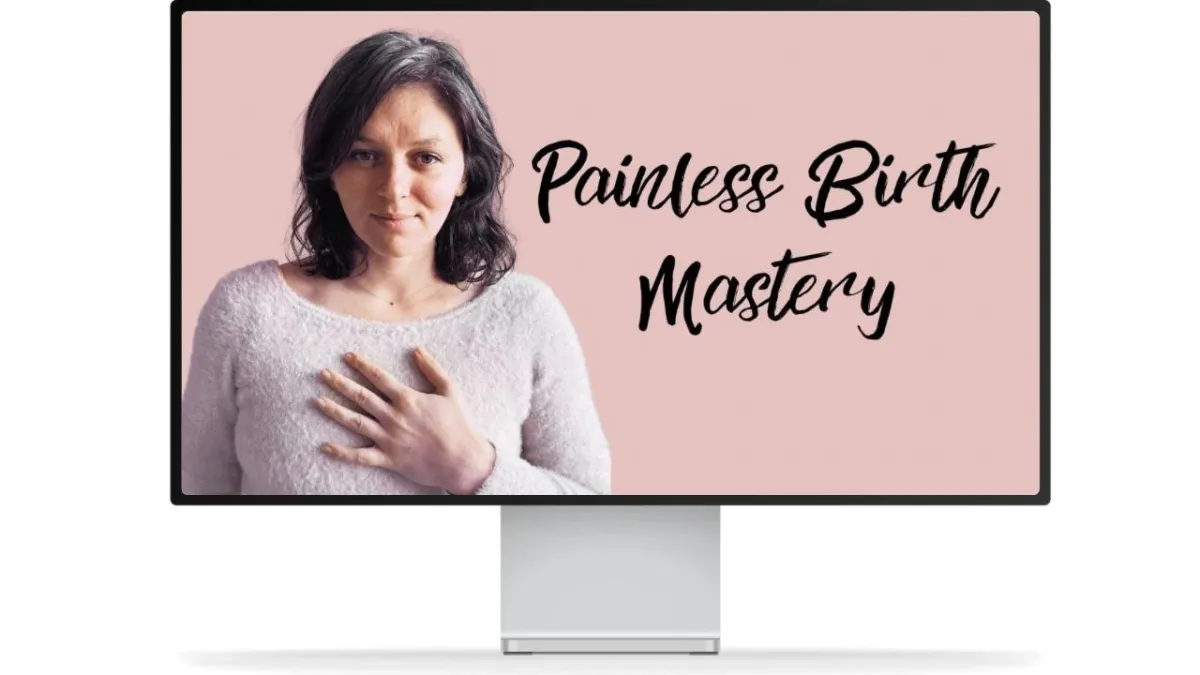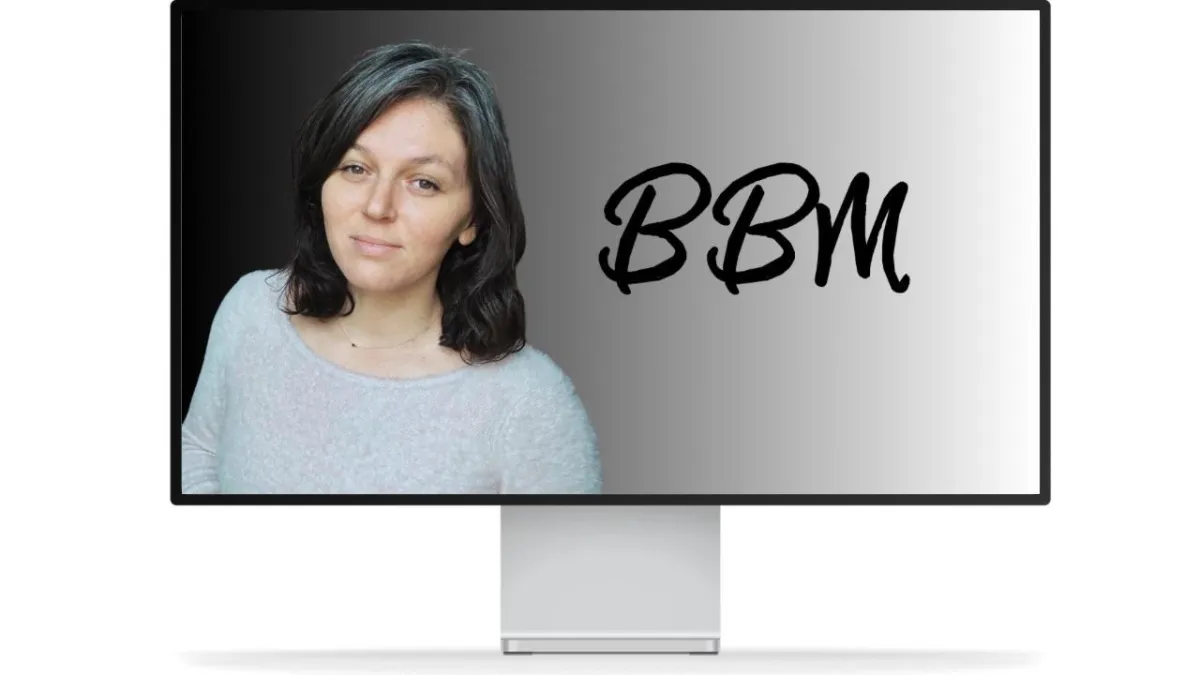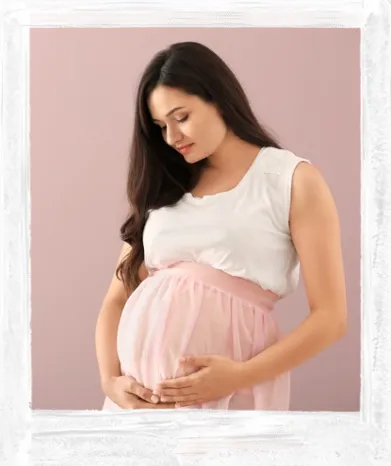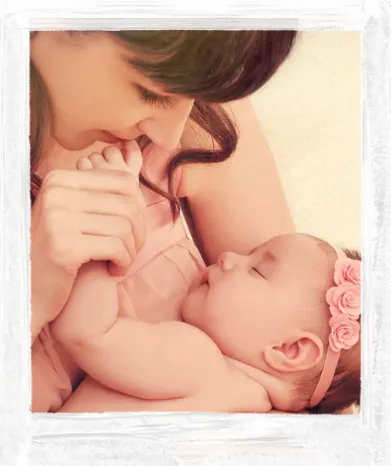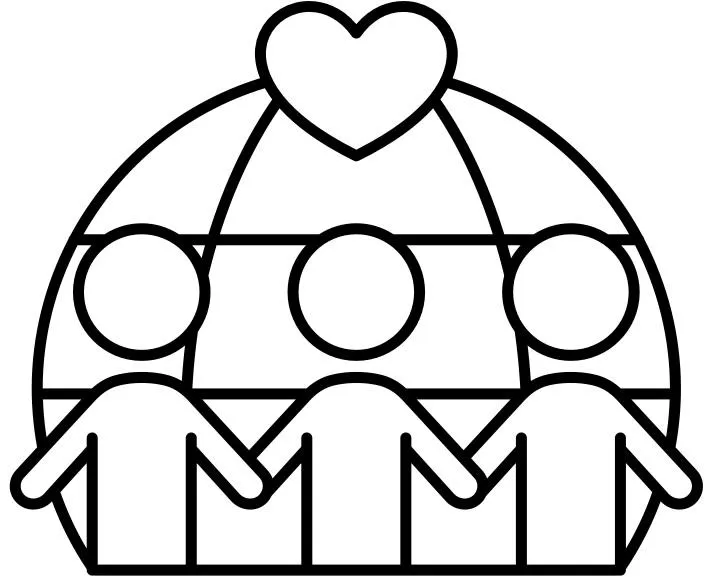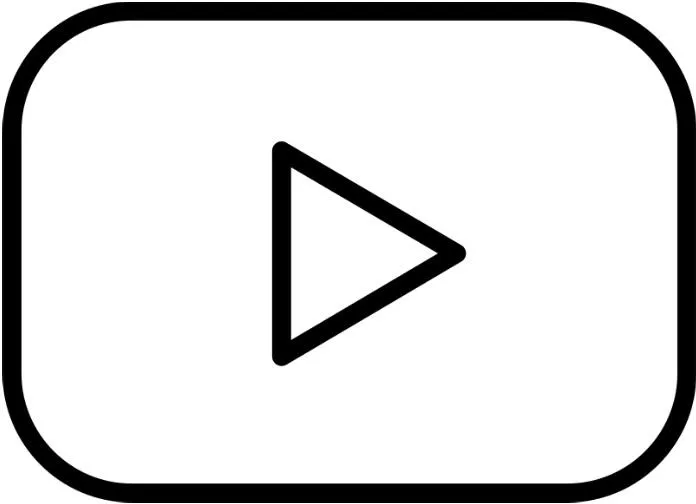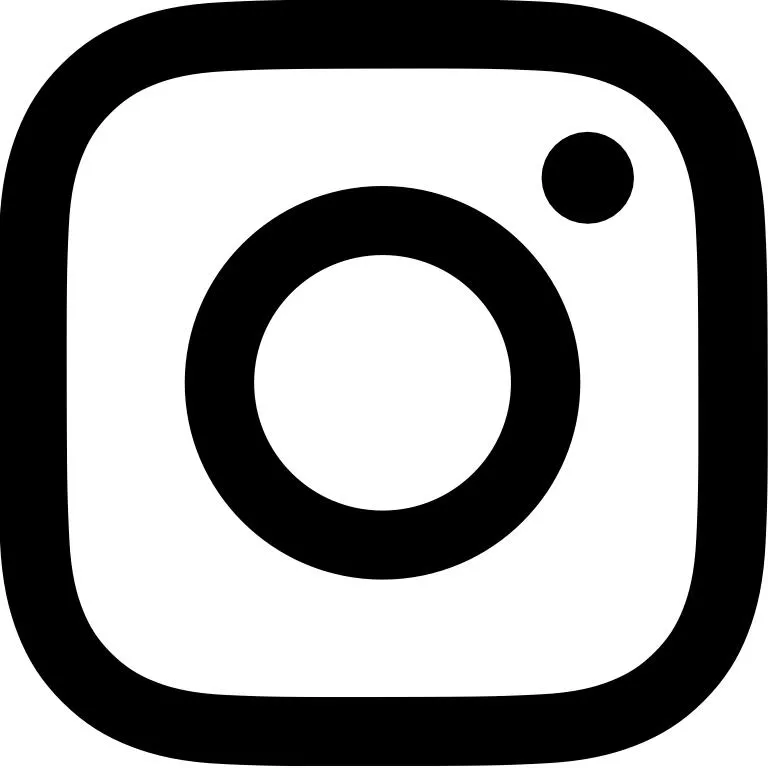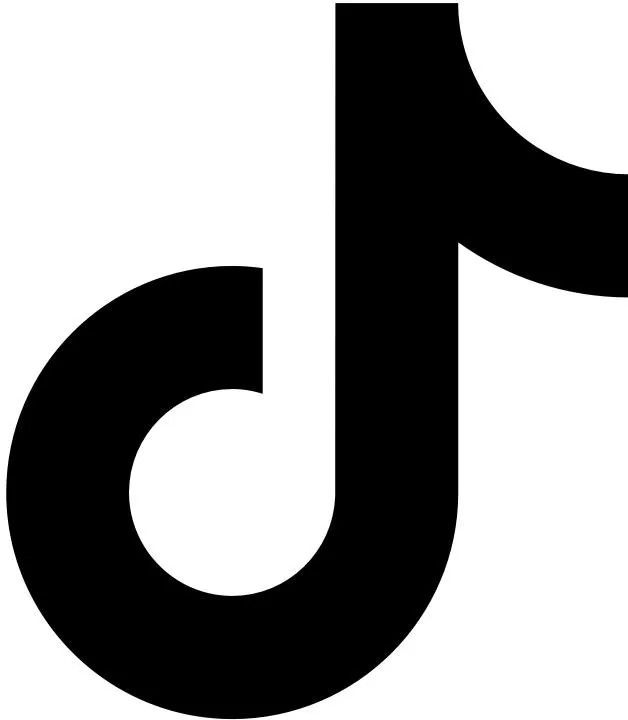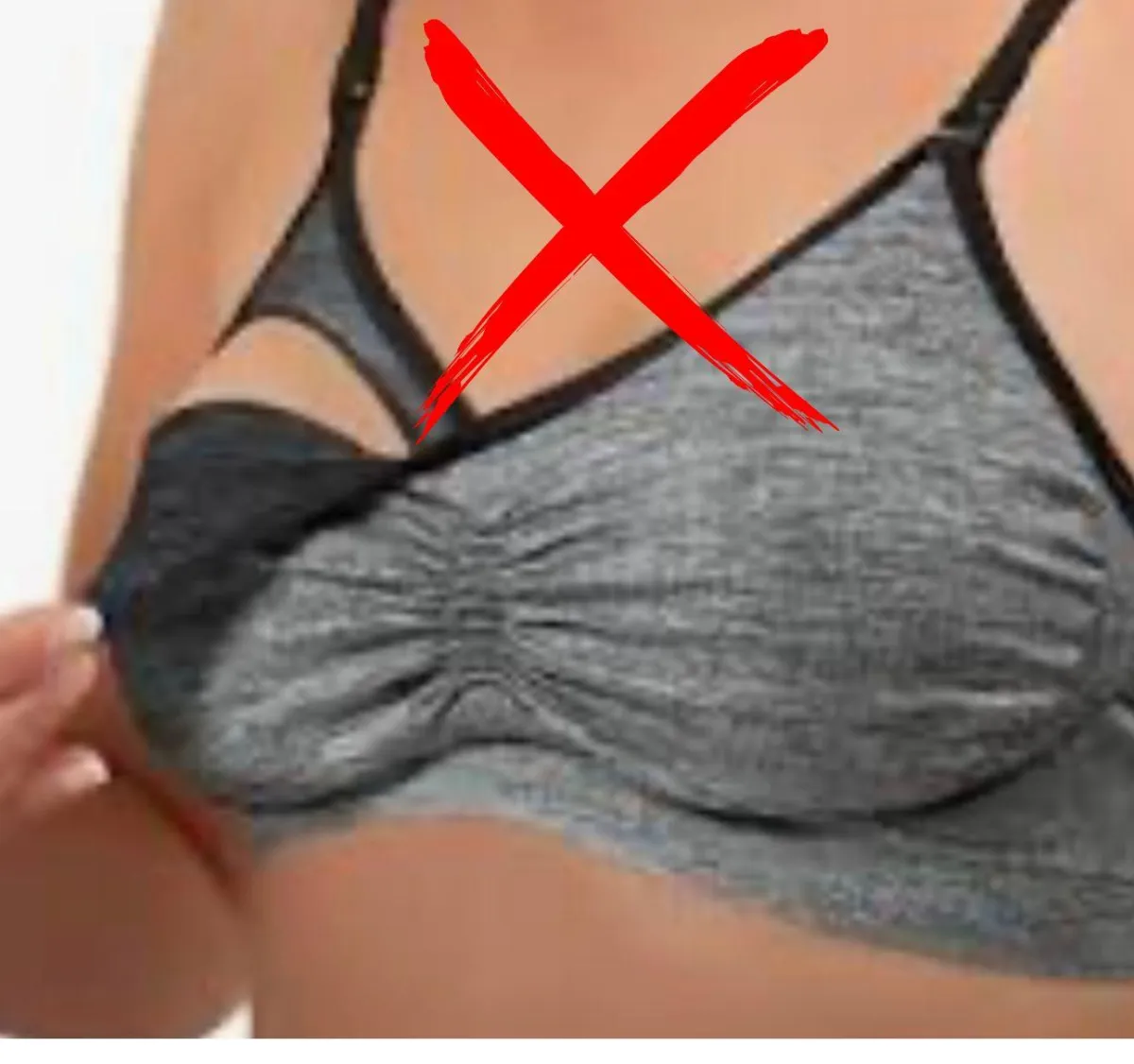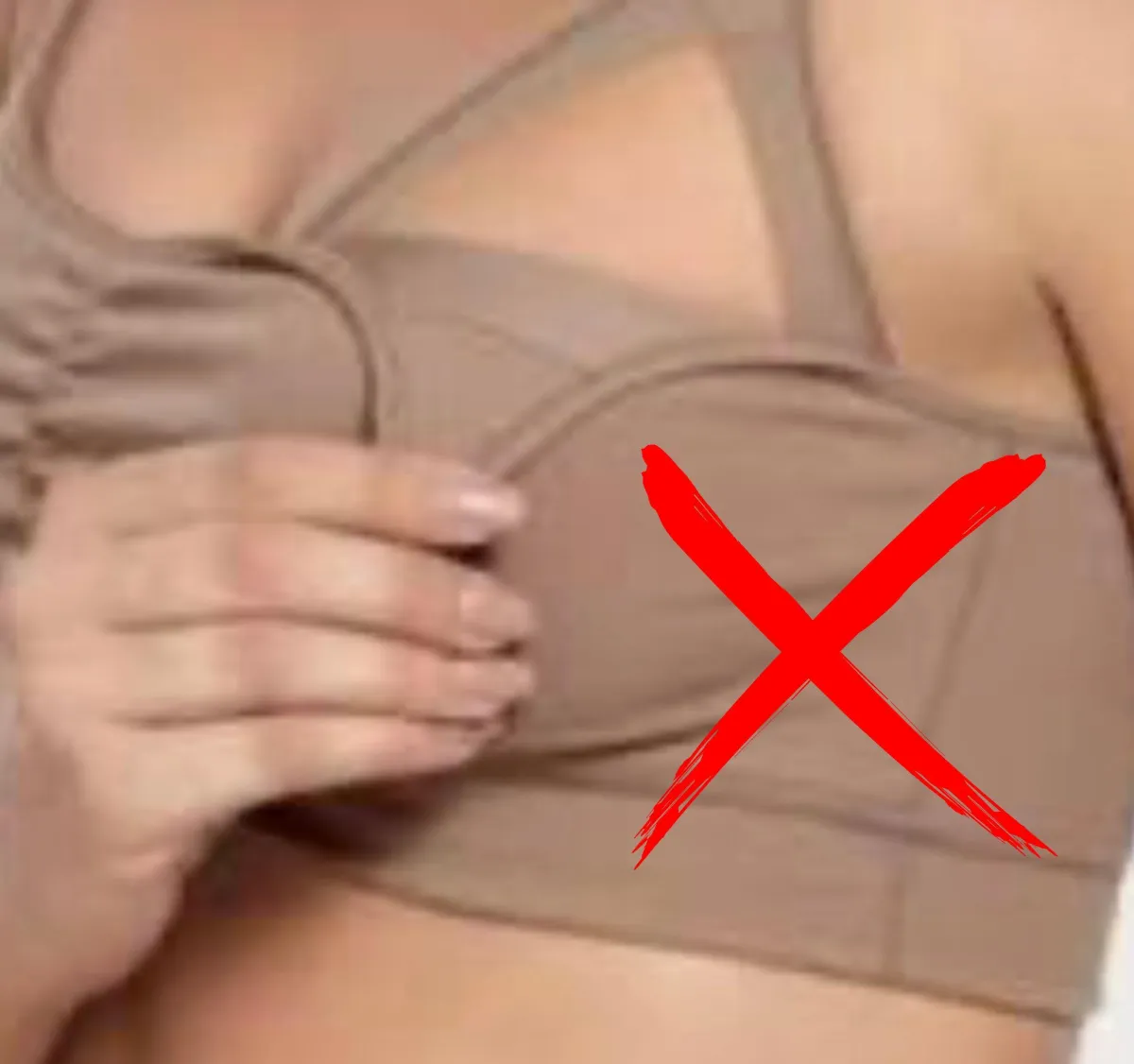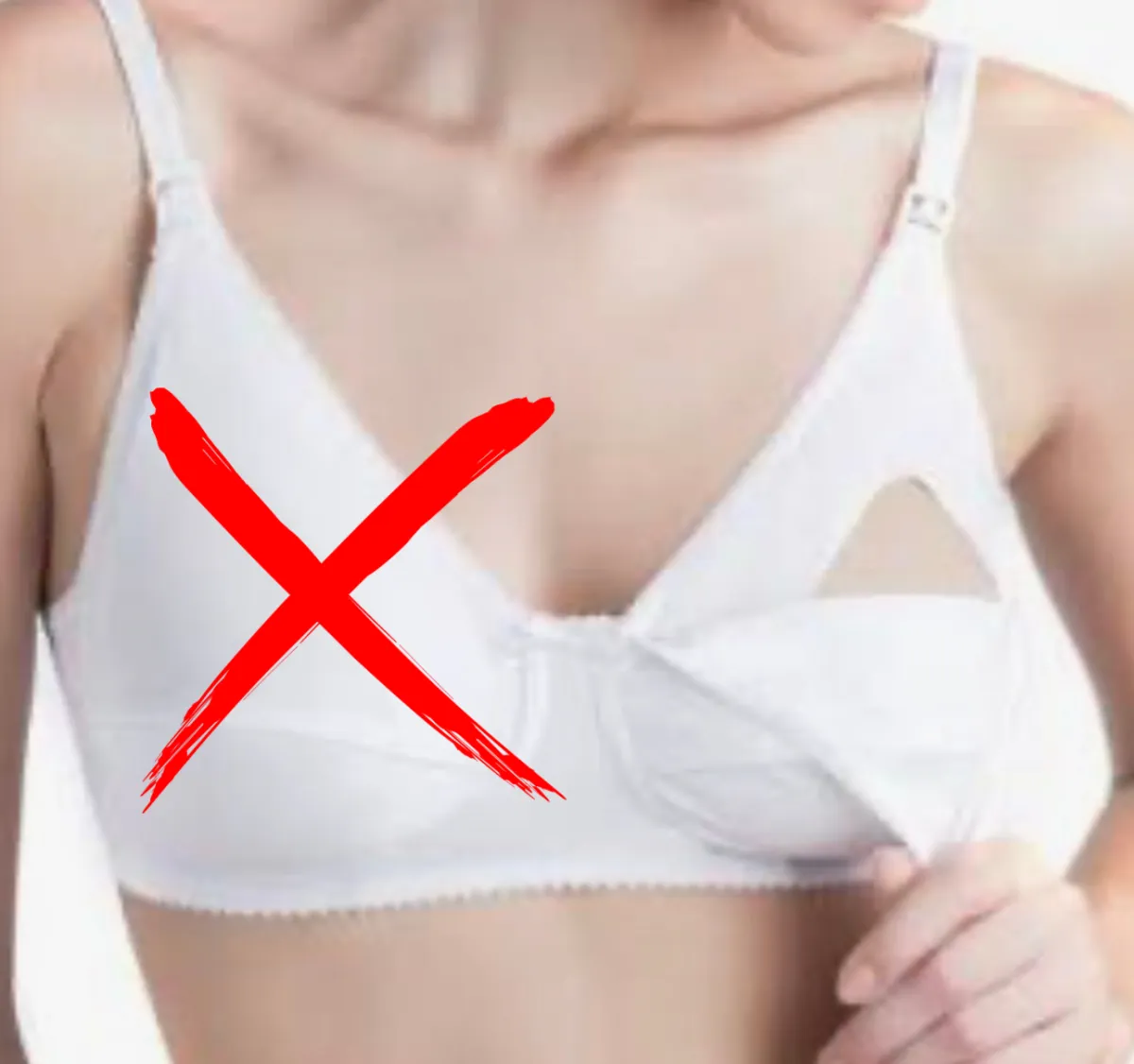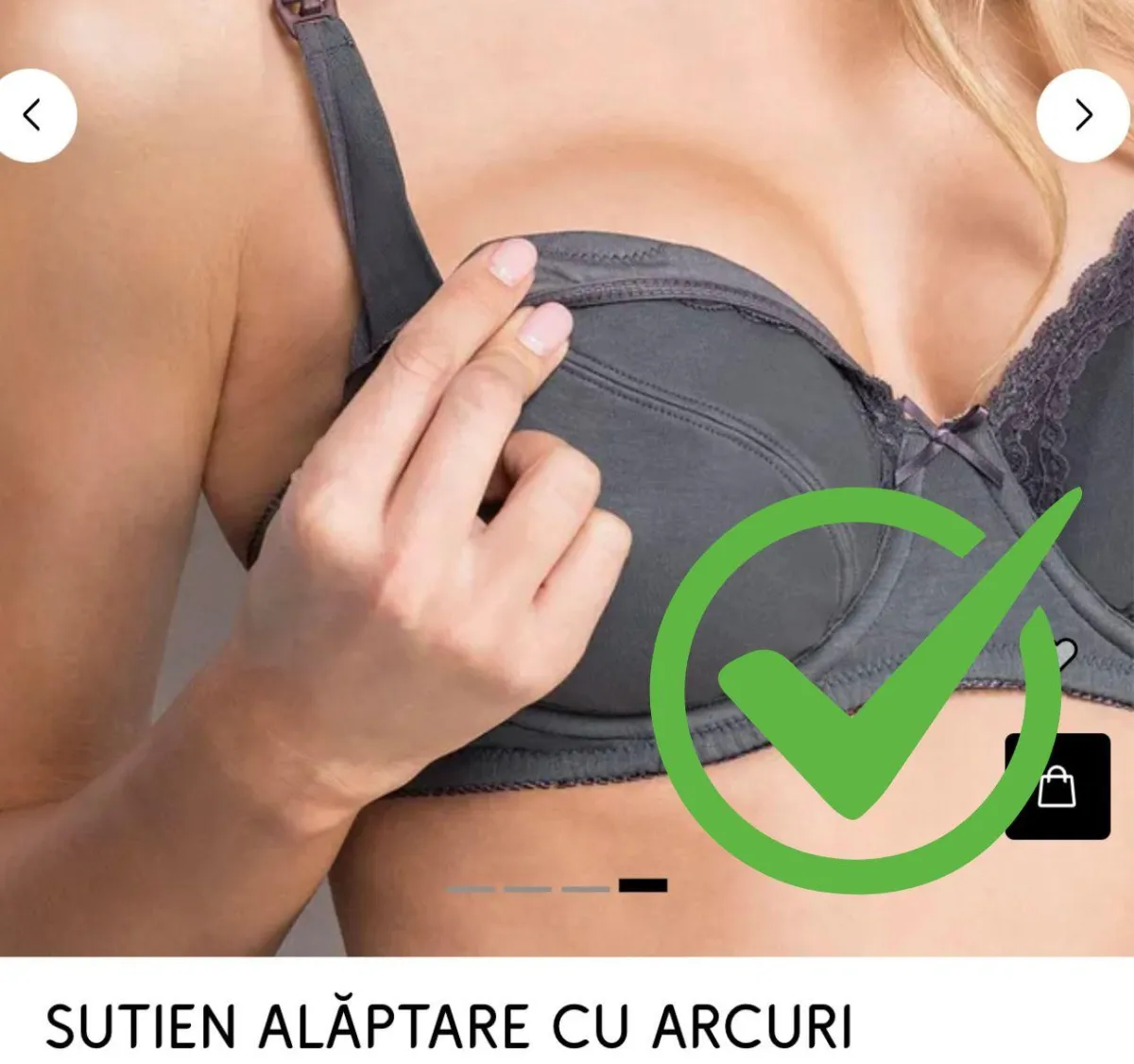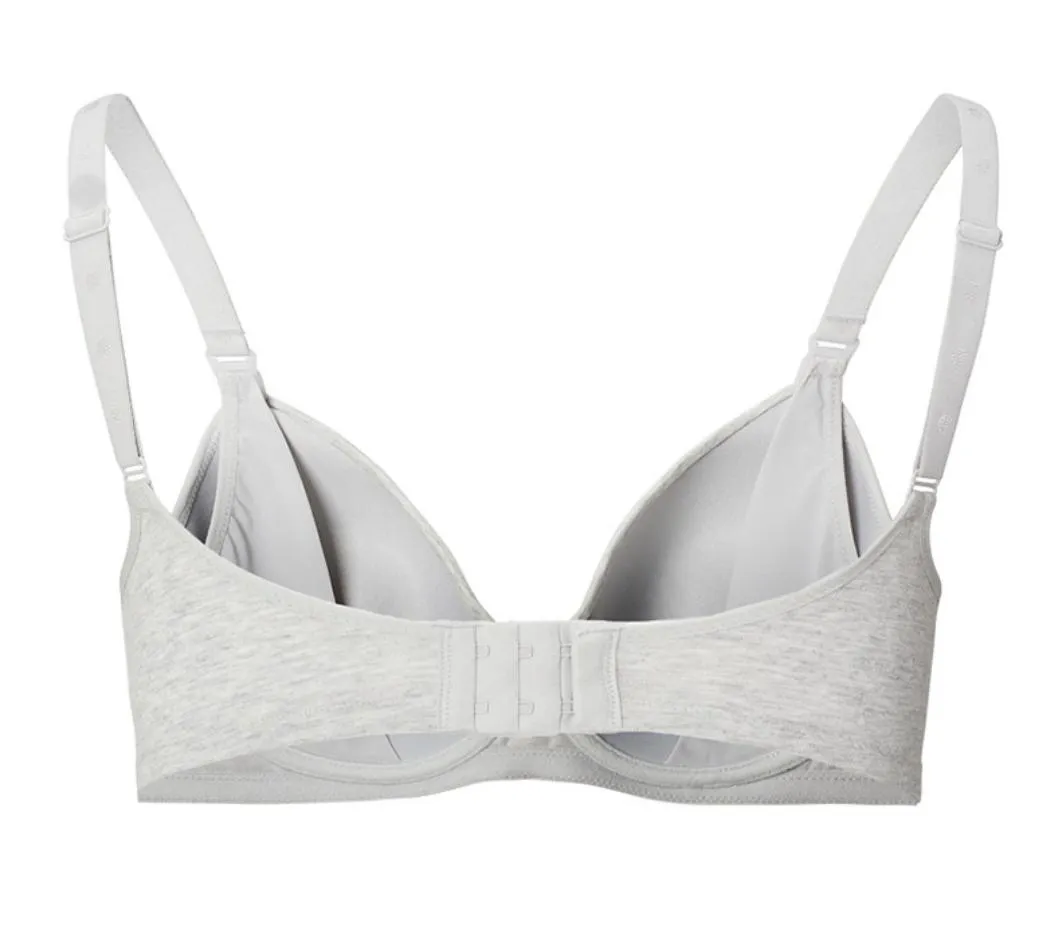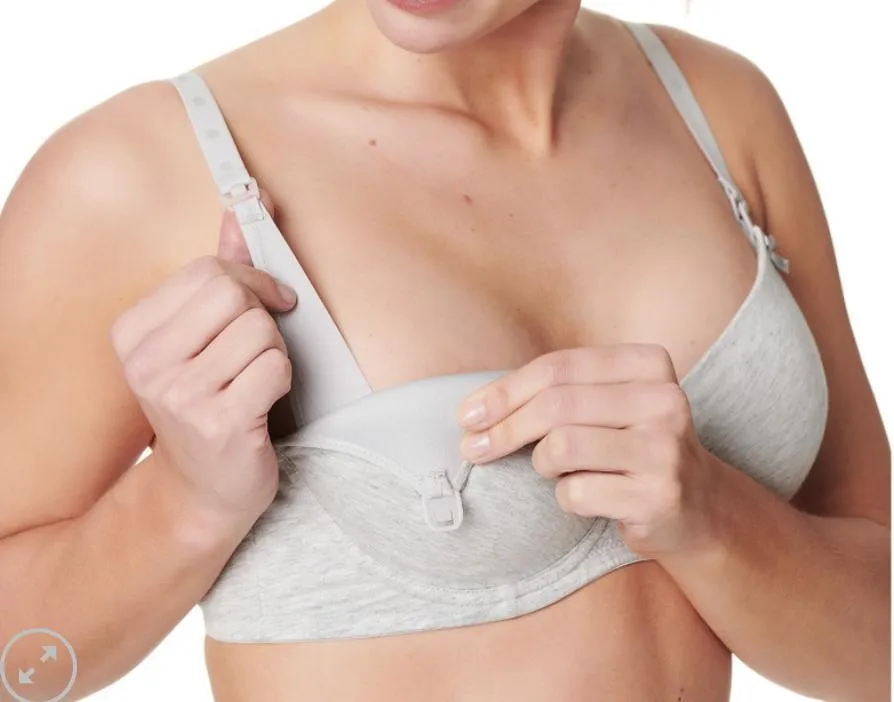Painless Birth
Which Bras Are Best for Breastfeeding?
How to Take Care of Your Breast Shape with the Right Bras
Bras with holes in the middle - stay away as far as possible from this type
In the first days after birth, your milk will come in. Your breasts will be full, and the skin tissue will stretch to its maximum. This moment is crucial for maintaining a beautiful breast shape, because your expanding skin will adapt now according to the mold you give it.
Bras with an opening in the middle, shaped like a hole, will negatively sculpt the form, and that shape will remain long-term.
Completely detachable nursing bras with underwire are ideal.
Because they make breastfeeding easy, they don’t ruin the shape of your breasts—instead, they hold them nicely, lifted. They’re also great at night, since they keep your breasts in place: the top one doesn’t fall over the other, the bottom one doesn’t slide toward the armpit, and they don’t fall to the sides when you lie on your back. Basically, you’re not stretching the skin in any direction if you don’t let it hang.
At BONPRIX you can find comfortable cotton models.
In the picture below, you can see how the underwire supports the breast shape—it runs all the way between the breasts, which keeps them in place while you’re lying in different positions.
Completely detachable nursing bras without underwire
They’re good because they keep the breasts lifted during the day, but they don’t provide the correct rounded shape—breasts tend to fall into each other. At night, they do prevent the breasts from falling to the sides, but the top one shifts toward the middle, stretching the skin.
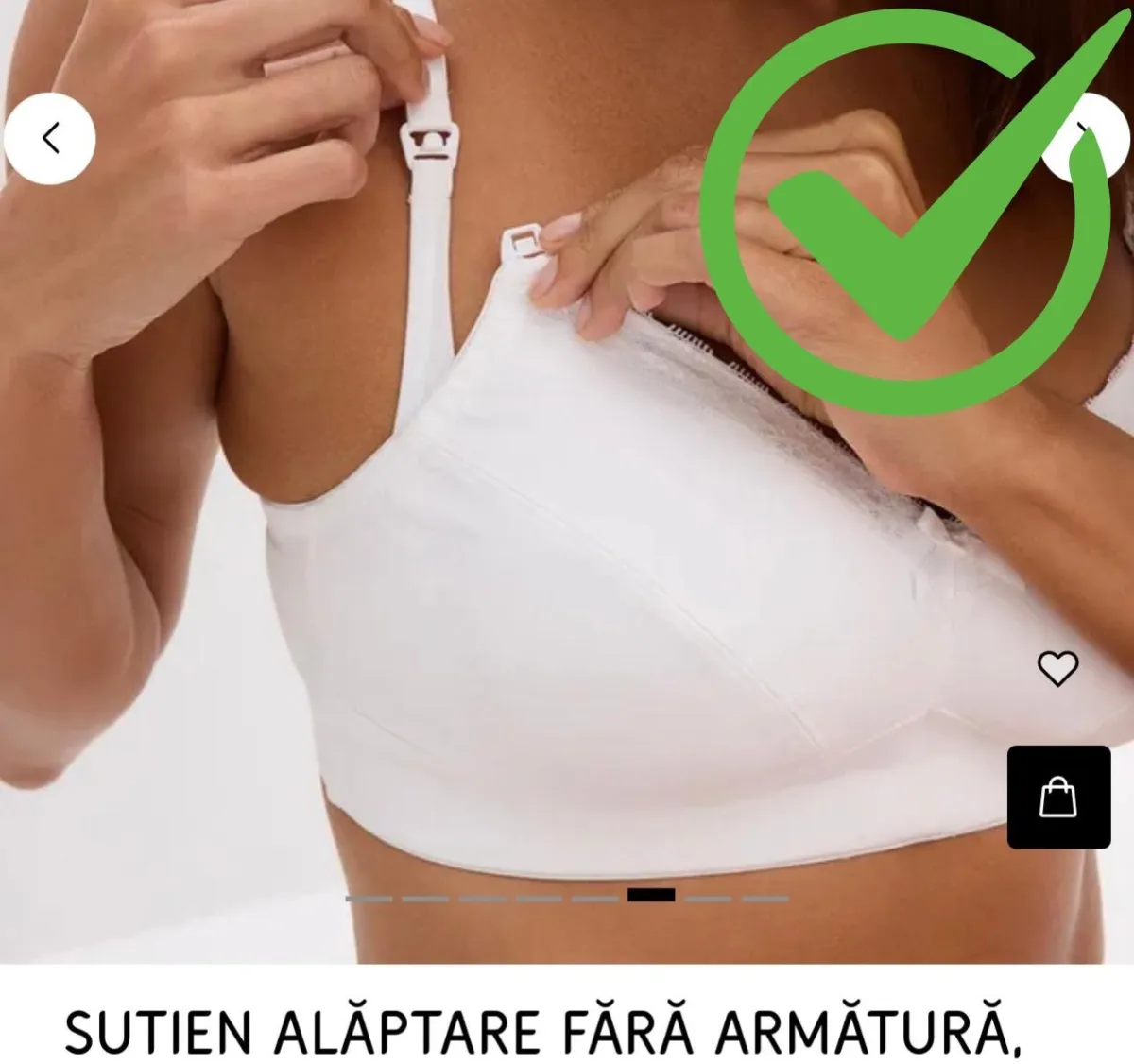
Triangle Bras
They’re comfortable only during the day, and wearing them occasionally won’t harm your shape. They’re easy to pull aside for breastfeeding. At night, however, your breasts slip out of this type of bra.
In the long run, they don’t provide proper support, and the breast skin begins to sag.
